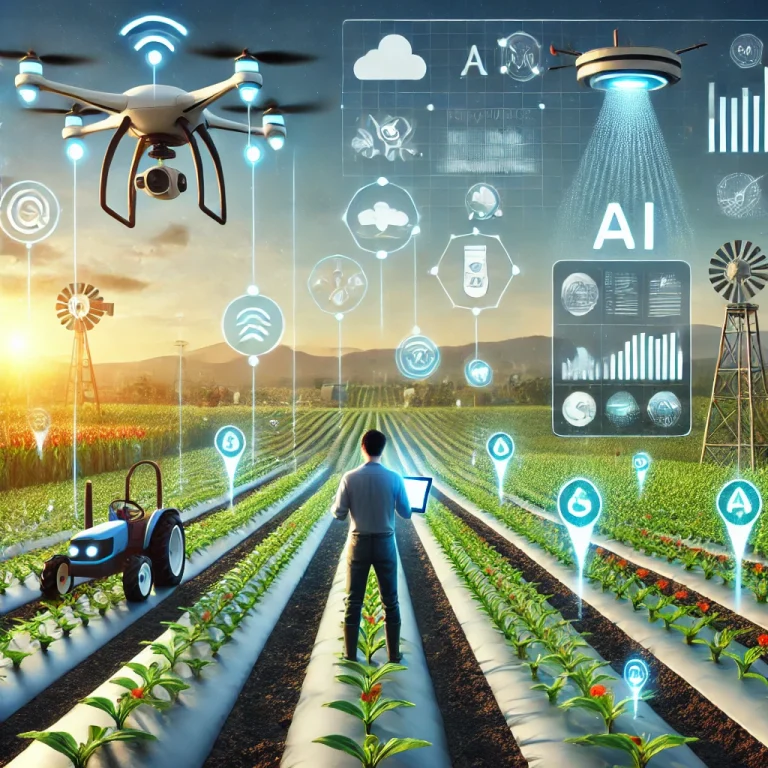After Black Friday 2021: Global Holiday Shopping Trends and Insights

The Black Friday shopping season just ended and reports already show interesting results:
Shoppers have been strategic this season
What happens after Black Friday in 2021? Consumer spending habits changed this year as well, as they began shopping earlier in the season and many used BNPL (buy now, pay later) services. From buying earlier to taking advantage of discounts and extending the season, we’re seeing a change in the way customers approach peak seasons.
Below we examine the current state and future of the global ecommerce industry, as COVID-19 continues to be a reality for shoppers and retailers alike. Due to the pandemic, which led to a chain of lockdowns, and with many working remotely, companies are spending a lot of time rethinking their strategies.
In this new reality, ecommerce has become a necessity for all businesses and markets. More and more brands provide 24/7/365 customer service instantly and through multiple channels because they have learned that incorporating automated messaging, 24 hours support, and Conversational AI helps increase sales on key dates and customer satisfaction.
Global key findings after Black Friday 2021: the numbers
- Over the course of Cyber Week (from Thanksgiving to Cyber Monday) a total of €30B was spent online, down 1.4% from 2020, as Black Friday dipped 1.3% to €7.8B from €7.96B in 2020, reports Adobe.
- So far, the period from Nov. 1 to Nov. 29 has generated €92B in online sales, up 11.9% compared to last year. This means that online spending has now exceeded €2.6B in 22 days, a new record. The previous record was 9 days in 2020. (Adobe)
- Sales and discounts are even lower than 2020: Compared to last year, discount levels for electronics were down by 12%, TVs by 13%, apparel by 18%, sporting goods by 8%, appliances by 8%. (Adobe Digital Economy Index)
- With most companies increasingly upgrading their brick-and-mortar retail businesses to having an online e-commerce presence as well, the reach of smaller retailers has significantly increased. In the full season, Adobe expects €183 billion at 10% growth year over year, which is unparalleled.
- In 2021 Black Friday online sales reached €7.9 billion, a slight decline from 2020. Despite an increase over last year, physical store traffic was still well below its pre-pandemic levels. As analysts point out, the mixed performance is a result of changing consumer trends, such as buying earlier, due to the supply chain crisis, reports CNBC.
- Cyber Monday saw consumers’ closing price points jump by 13.9% (up 19% during the entire holiday shopping season). While some customers chose to splurge on expensive items, others had to cut down spending due to a stubborn online inflation, driven by a 17-month in a row rise in ecommerce prices. (Adobe Digital Economy Index)

The state of the supply chain
- Due to the unique supply chain issues of 2021, retail strategies and consumer behavior have changed since the previous holiday season in 2020. Although the supply chain should not be as much of an issue in 2022, it is definitely a factor in 2021: retailers can bank sales early in the season, while consumers are willing to shop whenever the best deals are available, and that translates to an extended shopping season. (MSN)
- On Cyber Monday, the number of out-of-stock messages increased by 8% compared to the previous week, by 169% since pre-pandemic levels in January 2020 and by a whooping 258% since 2019. This trend is expected to continue until the end of 2021. (Adobe Digital Economy Index)
Changing times mean changing buying behaviors
- As more people are working remotely, smartphones are losing some of their importance as a major channel for online shopping. Cyber Monday’s smartphone sales grew just 8.4% YoY, while sales on the desktop grew 39.7%. Mobile sales were on track to surpass 50% share of online sales for years, but that growth has since stalled. The share of web visits made by consumers using their phones is 57% in 2021, reported CNBS.
- This year too, in true Black Friday tradition, social media was flooded with images of people queuing in long lines to get into their favorite stores and malls to secure some good deals. However, this year we also observed some not-so-crowded and relatively quiet stores.
- Less liquidity for consumers means increased use of BNPL (buy now pay later): On Cyber Monday, BNPL revenues were up 21% and orders were up 1% on a year-over-year basis. Throughout the season, usage has slowed down only a handful of times. However, BNPL usage is unlikely to spike again until close to Christmas because the biggest online shopping days are behind us. (Adobe Digital Economy Index)
- Although traffic in physical stores was up 47.5% from 2020, it was still 28.3% lower than in 2019, the last pre-pandemic shopping season. (Businesswire)
Solutions That Power Accurate Decision-Making Across Retail Brands
Poor interactions with a brand harm customer experience. Expectations from online shoppers get increasingly high, and consequently, old-school customer service practices like waiting time on the phone, or slow replies via email have become less and less well tolerated.
Think of your last frustrating interaction with old-school customer service. It might have gone somewhat like this: You wait in line for 15 minutes. Your question gets different answers from different operators.
Customer service representatives repeat themselves. And at the end of your call, you might not even have gotten the answers you needed.
This is where smart automation software solutions, like Certainly, come to the rescue of ecommerce businesses. When done right, can make or break customer loyalty during the busiest time of the year.
With advanced AI technology, Certainly helps multiple brands understand exactly what their customers want, helps them integrate the conversational chatbot systems to meet their clients’ needs across all digital channels, through all customer journey touchpoints, 24/7/365 – delivering the experiences all customers deserve.
So how exactly can your brand prepare for the next peak shopping season?
Ever considered using Conversational AI? It’s much more than a simple chatbot slapped on a website. Conversational AI integrates any ecommerce website with AI-driven chatbots that remember, adapt and evolve according to customers’ needs, just like a salesperson would do in a physical store.
Here at Certainly Labs, for an informal conversation with any user, we have developed a Multilingual Conversational AI Engine:
- We have developed over 25000 pre-made sentences.
- Artificial Intelligence detects any language.
- The AI can respond in 14 languages (and counting).
- Despite spelling and grammatical errors, it understands user intent in order to deliver a more natural, personalized user experience.
Watch our CEO Henrik Fabrin as he runs through the key points of our discoveries, from new trends in conversational commerce to some surprises from Black Friday.
With 2.14 billion people shopping online, what is your strategy for Black Friday and Cyber Monday in 2022? Find out some ideas here: Black Friday and Cyber Monday Strategies That Work
For more information about Certainly’s AI chatbot solutions, check our Home Page or download our latest eBook.
Book a Demo and enjoy Certainly’s easy-to-use chatbot building software.
For news, product updates, and industry insights, follow us on social media: YouTube | Facebook | LinkedIn | Twitter
Author: Anastacia Balova
Design: Vital Sinkevich




